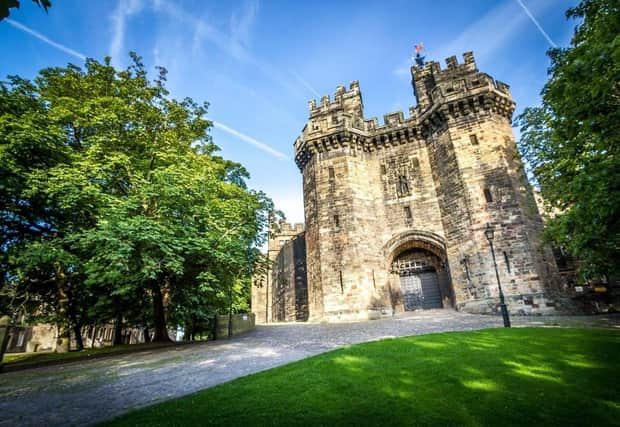On top of famous landmarks such as Buckingham Palace, Windsor Castle, and Sandringham, Her Majesty owned property across Lancashire. In fact, during his time as Chairman of the Duchy of Lancaster, Lord Shuttleworth claims that he often heard the Queen remarking on what a wonderful part of the world Lancashire was and how she believed she could happily live in the area.
Amongst Her Majesty’s portfolio were castles, countryside estates, a famed countryside pub, a stretch of motorway, a portion of Lancastrian shoreline, and expert seaside guides. Most fall under the Duchy of Lancaster, the private estate of the Duke of Lancaster which falls under the ownership of the Crown and whose principal purpose is to provide a source of independent income to the sovereign.
As of March this year, the Crown Estate had £16.5bn-worth of net assets as per its annual report and, while the Duchy of Lancaster is administered separately, it still consists of more than 45,000 acres. The Duchy’s holdings are administered in eight units known as surveys which have been acquired over seven centuries through marriage, inheritance, gifts, and confiscation.
Here we take a look at a few areas in the county formerly owned by Her Majesty.
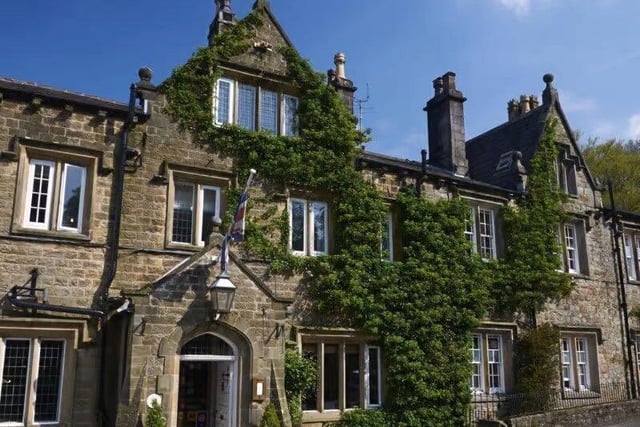
1. The Inn at Whitewell
The Inn at Whitewell: Part of the Lancashire Survey, which extends to 9,740 acres and comprises four rural estates (Myerscough, Wyreside, Salwick, and Whitewell itself), the Inn at Whitewell near Clitheroe dates back to the 1300s. Originally just a small manor house, the inn was occupied by the keepers of the Royal forest and is still under the control of the Crown’s estate today. Photo: National World
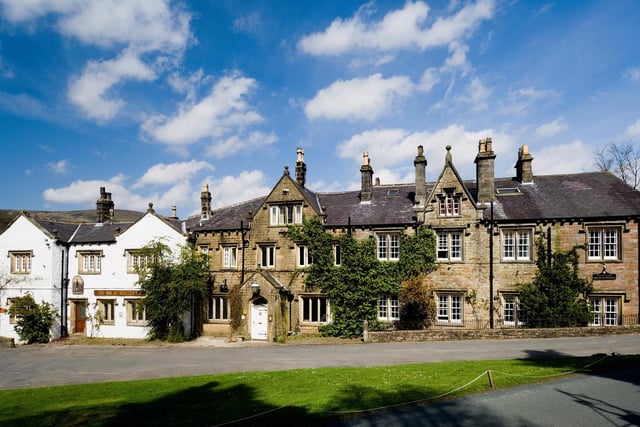
2. The Inn at Whitewell
In 2006, the Queen and The Duke of Edinburgh visited the inn for a celebratory lunch in honour of Her Majesty’s 80th birthday. Photo: The Inn at Whitewell
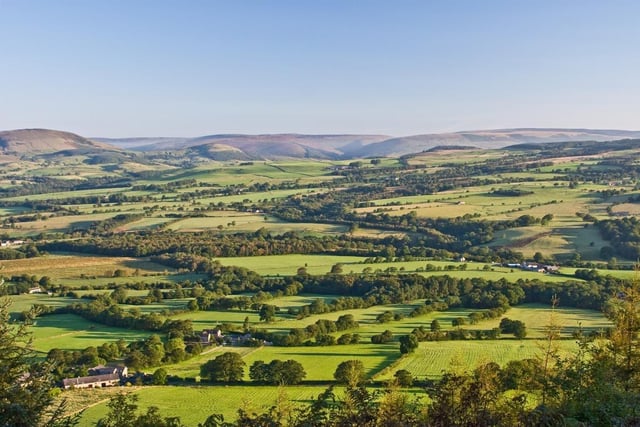
3. Forest of Bowland AONB
Much of the Forest of Bowland AONB is part of the Duchy of Lancaster, which is owned by the Crown Photo: Forest of Bowland AONB
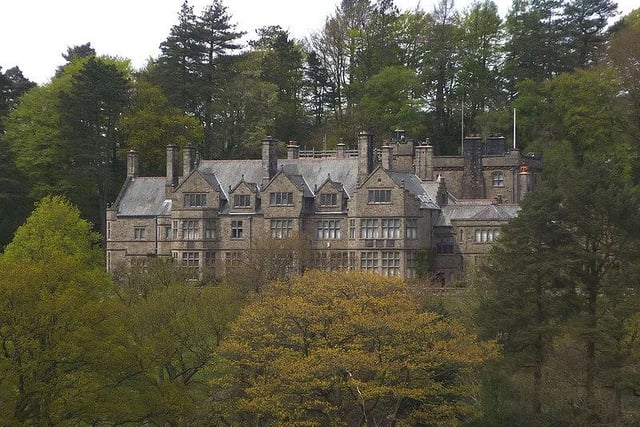
4. Abbeystead House
Abbeystead Lodge: A large country house located to the east of the village of Abbeystead near Lancaster, Abbeystead House was built in 1886 as a shooting lodge for the 4th Earl of Sefton and is today a designated Grade II listed building. Photo: Abbeystead Estate
